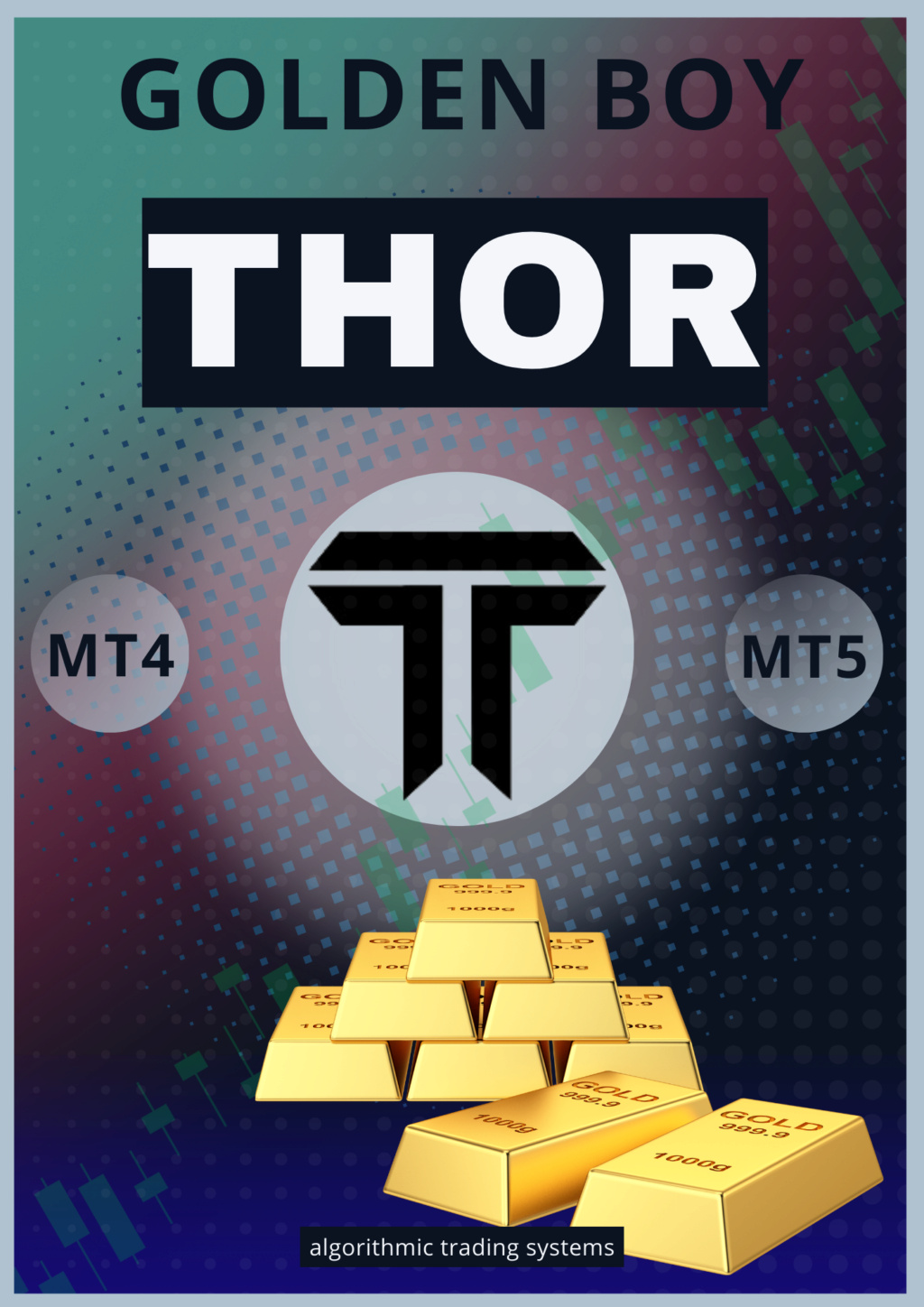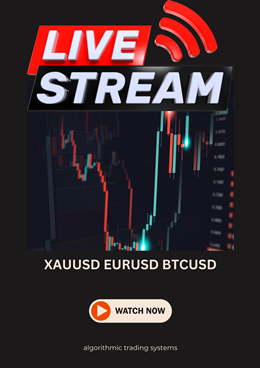As a trader, there are often two levels of consciousness at hand. First, you have what the market is doing now, whether a currency pair like EURUSD or GBPUSD is pushing 2014 lows or the USDJPY is pushing 7-year highs. Second, you have the level of thought regarding what could happen next.
Naturally, a trader wants to be in the market when there's money to be made but at the same time, should the course of the current trend or theme divert off course, you want to be able to stand on the sidelines until the volatility or non direction to keep you out of trouble.
Times when the trend is disrupted or reverses with erratic or violent price swings are often labeled as volatile or high volatility.
Today, you'll learn how certain currency pairs and specific currencies do very well in times of volatility and why. You'll also learn how others trap both buyers and sellers into lower probability plays so that you can avoid them.
Reading & Reacting to Volatility
The last handful of years have given us the best of both worlds. Looking back to 2008, we've seen some of the highest levels of volatility on record and some of the lowest at the same time. This has caused specific moves that we'll discuss and how specific effects on the FX markets that are common, repeatable and easily explainable.
Thankfully, there is a very easy way to spot volatility with the aptly named, Volatility Index or VIX. The VIX measures the variance in percentage terms of options on the S&P500 options market. VIX is in percentage terms but is often quoted numerically such as 10, 20, 30, 35, and so on. The higher the number, the higher the volatility and therefore uncertainty because options on any contract are bought or sold to protect against large variances in price and hence VIX at 10 means there is expectations for smaller price variance than if VIX is at 30 meaning there is expectations for higher price variance in the near future.
When Volatility Goes Up, These Pairs Go Down
The attached chart shows EURJPY overlaid with the SPX500 and the high positive correlation, but any JPY cross is a great FX way to play volatility but EURJPY along with AUDJPY often have the highest correlation. The reason that the JPY plays so closely with the rise and fall with volatility is due to the Carry Trade.
The carry trade doesn't only affect the JPY but the JPY lies at the core of its effectiveness.
The Carry Trade is a strategy employed but some of the largest investors in the world where the buy a higher yielding currency like the AUD, NZD, or an Emerging Market Currencies like the South African Rand, Mexican Peso, or Russian Ruble and funding the purchase of those high-yielding currencies with lower-yielding currencies like the Japanese Yen, Swiss Franc, and increasingly the Euro with the European Central Bank promising low rates to try and spur inflation. This strategy works because currency pairs allow you to earn the spread between the higher-yielding currency pair and the lower yielding currency pair with the broker taking a small cut themselves.
Unfortunately, just as there's no such thing as a free lunch, the Carry Trade and pairs associated with it quickly reverse when volatility and therefore uncertainty rise. This means that when the SPX500 is moving higher and volatility is low, then currency pairs that pay higher interest than others are likely moving higher as investors load in whereas low yielding currencies are dropping as they get sold in pursuit of higher yielders. Likewise, if you hold a trade that is in the realm of the Carry Trade and the volatility index spikes or SPX500 drops, it's likely best to make sure you get out of the way as drops in the currency pairs that favor yield seekers are aggressive, fast, and and leave few survivors when leverage is involved.
Happy Trading!
Naturally, a trader wants to be in the market when there's money to be made but at the same time, should the course of the current trend or theme divert off course, you want to be able to stand on the sidelines until the volatility or non direction to keep you out of trouble.
Times when the trend is disrupted or reverses with erratic or violent price swings are often labeled as volatile or high volatility.
Today, you'll learn how certain currency pairs and specific currencies do very well in times of volatility and why. You'll also learn how others trap both buyers and sellers into lower probability plays so that you can avoid them.
Reading & Reacting to Volatility
The last handful of years have given us the best of both worlds. Looking back to 2008, we've seen some of the highest levels of volatility on record and some of the lowest at the same time. This has caused specific moves that we'll discuss and how specific effects on the FX markets that are common, repeatable and easily explainable.
Thankfully, there is a very easy way to spot volatility with the aptly named, Volatility Index or VIX. The VIX measures the variance in percentage terms of options on the S&P500 options market. VIX is in percentage terms but is often quoted numerically such as 10, 20, 30, 35, and so on. The higher the number, the higher the volatility and therefore uncertainty because options on any contract are bought or sold to protect against large variances in price and hence VIX at 10 means there is expectations for smaller price variance than if VIX is at 30 meaning there is expectations for higher price variance in the near future.
When Volatility Goes Up, These Pairs Go Down
The attached chart shows EURJPY overlaid with the SPX500 and the high positive correlation, but any JPY cross is a great FX way to play volatility but EURJPY along with AUDJPY often have the highest correlation. The reason that the JPY plays so closely with the rise and fall with volatility is due to the Carry Trade.
The carry trade doesn't only affect the JPY but the JPY lies at the core of its effectiveness.
The Carry Trade is a strategy employed but some of the largest investors in the world where the buy a higher yielding currency like the AUD, NZD, or an Emerging Market Currencies like the South African Rand, Mexican Peso, or Russian Ruble and funding the purchase of those high-yielding currencies with lower-yielding currencies like the Japanese Yen, Swiss Franc, and increasingly the Euro with the European Central Bank promising low rates to try and spur inflation. This strategy works because currency pairs allow you to earn the spread between the higher-yielding currency pair and the lower yielding currency pair with the broker taking a small cut themselves.
Unfortunately, just as there's no such thing as a free lunch, the Carry Trade and pairs associated with it quickly reverse when volatility and therefore uncertainty rise. This means that when the SPX500 is moving higher and volatility is low, then currency pairs that pay higher interest than others are likely moving higher as investors load in whereas low yielding currencies are dropping as they get sold in pursuit of higher yielders. Likewise, if you hold a trade that is in the realm of the Carry Trade and the volatility index spikes or SPX500 drops, it's likely best to make sure you get out of the way as drops in the currency pairs that favor yield seekers are aggressive, fast, and and leave few survivors when leverage is involved.
Happy Trading!

 Events
Events Blog
Blog




